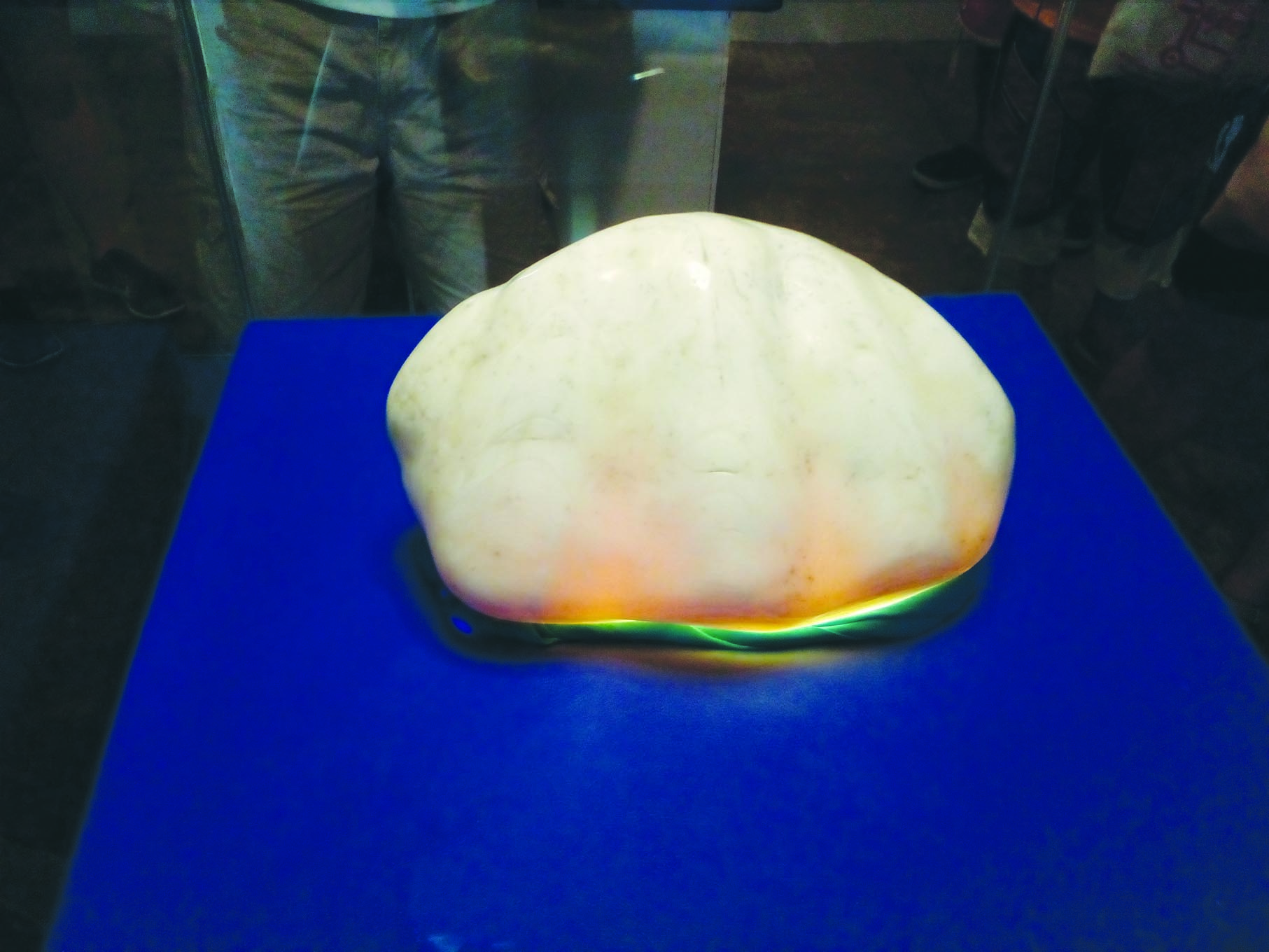
[av_one_full first min_height=” vertical_alignment=” space=” custom_margin=” margin=’0px’ padding=’0px’ border=” border_color=” radius=’0px’ background_color=” src=” background_position=’top left’ background_repeat=’no-repeat’ animation=”]
[av_heading heading=’Tibiao pearls can boost biodiversity awareness’ tag=’h3′ style=’blockquote modern-quote’ size=” subheading_active=’subheading_below’ subheading_size=’15’ padding=’10’ color=” custom_font=”]
BY GLENDA SOLOGASTOA
[/av_heading]
[av_textblock size=” font_color=’custom’ color=’#0a0a0a’]
Sunday, February 19, 2017
[/av_textblock]
[av_image src=’http://www.panaynews.net/wp-content/uploads/2017/02/pearl-front-1-845×321.jpg’ attachment=’97085′ attachment_size=’entry_with_sidebar’ align=’center’ styling=” hover=” link=” target=” caption=” font_size=” appearance=” overlay_opacity=’0.4′ overlay_color=’#000000′ overlay_text_color=’#ffffff’ animation=’no-animation’][/av_image]
[av_textblock size=” font_color=’custom’ color=’#0a0a0a’]
ILOILO City – The small province of Antique, rich in natural resources, has gotten richer with the discovery of two giant pearls in its waters shared with Palawan.
The “Pearls of Tibiao” – housed in the new Museo de Tibiao – are expected to attract more tourists to the northern Antique municipality.
But these should also heighten public awareness on the rich biodiversity of Antique, stressed
Aside from its vast marine grounds, Antique also has lush mountain ranges that are home to endemic plant and animal species.
“These pearls are a blessing to us Filipinos. May amo gale kita sini kadako nga manggad, mas dako pa sa material wealth,” said Calawag.
One of the pearls weighs 13.75 kilos. The other is 24.75 kilos. They are estimated to be worth $100 million each.
The pearls were registered under the National Museum and are considered Important Cultural Properties.
The “Pearls of Tibiao” are bigger than the famous “Pearl of Allah” that weighs only nearly 7 kilos and the “Pearl of the King” that weighs 9 kilos.
They should also stir a sense of pride among Filipinos, and Antiqueños in particular, Calawag said.
The pearls are welcome additions to Antique’s Visayan writhed-hornbill (Aceros waldeni), the Visayan spotted deer (Cervus alfredi), the Visayan warty pig (Sus cebifrons), the Panay Monitor Lizard (Varanus mabitang), and species of the parasitic plant genus Rafflesia spp.(R. lobata and R. speciosa).
Dr. Edgardo Gomez, professor emeritus, marine biology at the University of the Philippines – Marine Science Institute, estimated the Tibiao pearls to be almost a thousand years old.
The two pearls were found by a Palawan fisherman in the waters between that province and Tibiao in Antique. He did not want to be identified for security reasons, said Calawag.
This fisherman sought the help of his best friend from Tibiao for the verification of the pearls’ authenticity.
The friend, in turn, sought help from Calawag, a licensed fisheries technologist.
Calawag brought the pearls to a professor at the University of the Philippines – Geological Institute. Several tests were conducted.
“According to the professor, they could be called pearls but there was a need for affirmation of a marine biologist. So we went to Dr. Gomez, the father of giant clamp research in the Philippines. He was amazed. He said they were authentic,” said Calawag.
The pearls were then brought to the National Museum for registration.
The “Pearls of Tibiao” were officially opened for public viewing at Museo de Tibiao on Feb. 11.
Because the museum needs high-tech security gadgets, an entrance fee is collected – P150 for adults and P50 for students./PN
[/av_textblock]
[/av_one_full]







